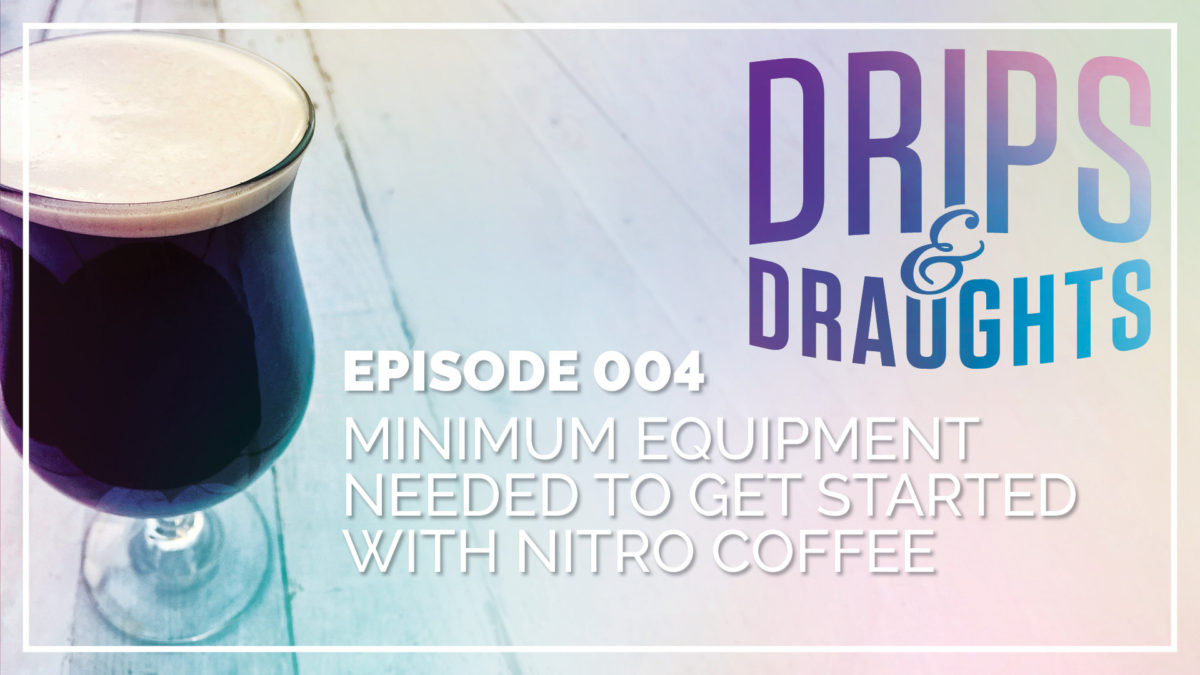
In episode 4, we discuss the basic components that are necessary to get started with Nitro Coffee. We talk about all equipment from the gas (nitrogen) tank, through the keg and to the faucet. Purchased individually, all components will run approximately $269, but when purchased as a kit the price can be brought down to about $239 – just note that the kit uses some chrome and brass components rather than the suggested stainless steel components.
Highlights & Takeaways
We discuss a base/entry level setup, but it has the capability to be expanded on if necessary.
Some of the components discussed in this episode are chrome plated brass to save on costs, but when working with coffee, we suggest using stainless steel parts where possible.
Episode 4 Transcript
Hey there, welcome back to the Drips & Draughts Podcast. I’m Brendan Hanson and I’ll be your host today.
Prior to recording episode two, we got a lot of questions about the minimum equipment necessary to get started with Nitro Coffee. So that’s going to be the focus of today’s episode. If you haven’t yet listened to Episode 2, I suggest you go check it out at dripsanddraughts.com/2 or you can subscribe and download from ITunes.
Episode 2 gives you a draft equipment overview. So if you’re unfamiliar with draft equipment, that’s a great starting point before you get into this episode.
So today we’re talking about the minimum equipment needed to get started with Nitro Coffee. While Nitro Coffee has certainly grown in popularity over the past couple of years, serving coffee on draft is still fairly uncommon across most of the United States as well as around the world. Now because of the fact that coffee isn’t one of the common draft beverages that we think of, I think many people, when they think draft beverage or draft anything, they think beer. And because coffee isn’t normally thought of as a draught beverage, many people think that it’s going to be hard to do or impossible to do and that’s just not the case.
So today we’re going to be talking about the minimum equipment needed to get started with Nitro Coffee. Now it’s going to be easier to get started with draft coffee. Just cold, flat, cold-brewed coffee on draft but since we get so many questions about Nitro Coffee and how to make and how to serve Nitro Coffee, we figured we’d go through a basic general equipment list for getting started with Nitro Coffee.
So before I start going through and discussing the equipment involved, let me throw just this one caveat out there. This is going to be a cost effective method of getting going with Nitro Coffee but at the same time this is going to be a system that can scale and grow with you.
We don’t want to recommend components or a system that can’t grow with you. We want you to be able to invest in a draft system and be able to expand it when you want to or if you want to.
We’re not trying to recommend a set of components that you can only use in a limited application. Like I just mentioned, we want something that can grow with you and that can be expanded upon as you get more comfortable and creative with draft beverages.
Alright, so let’s get into it. Let’s start talking about the equipment necessary as well as some of the pricing to give a rough cost to get started with Nitro Coffee.
Firstly, you’re going to need the nitro. You’re going to need the nitrogen tank. Here we can keep the cost down by renting a tank. Basically the way this works is you go to a local gas supplier and you put a deposit on a tank and all you’re paying for is the gas that’s in the tank. Typically, for a small tank you’re talking about $10-$20 worth of gas. So for the sake of our argument for the sake of this episode we’re going to say about $15 for the gas and the tank. If you want to purchase a tank, you’ll be looking at about anywhere from $75 to $125 just depending on the size of the tank. But for the sake of this show let’s just say you’re buying just the gas of the tank, so we’ll say about $15.
Next in line you’re going to need a nitrogen regulator and this is something you really don’t want to skimp on. You can get good regulators and you can get bad regulators just like any product on the market. If you purchase a cheaper low quality regulator, sure you could get the job done for a while but over time you might notice that it’s not displaying an accurate pressure or you might notice that you set the pressure at let’s say 30PSI and over time that pressure creeps either up to 35 or 40PSI or that pressure creeps down and falls down to say 20PSI. Both of these situations whether the pressure’s creeping up or down could have adverse effects on your final product. So when it comes to purchasing a regulator, we recommend spending the money to get a good one. We recommend using a Chudnow nitrogen regulator. It’s sold at KegOutlet.com and costs $49.95. So we’ll round that up to $50 for the sake of this argument.
Now there are plenty of other good regulators out there on the market. Chudnow and Taprite are just two brands that are carried at Keg Outlet. Both are American made, both are very high quality regulators. I actually use both personally at my house. So I’ve got a bank of six CO2 Taprite regulators and I’ve got a dual body Chudnow nitrogen regulator. Alright, so that covers the gas tank and the regulator.
Next we’re going to need a keg and with kegs you can really spend anywhere from $40 up to $150 for a keg because there are so many options. You’ve got new kegs that you can purchase. You can purchase used kegs. Plus there’s a bunch of different size options you can get anywhere from a gallon and a half all the way up to a five gallon keg. So due to the price ranges of kegs, let’s just pick something in the middle. We’ll say we’re going to spend $75 for a keg and if you listened to Episode 2, you know there different types of kegs. Ball lock, pin lock, Sanke kegs. For the sake of this argument, we’re talking a used ball lock corny keg, Cornelius keg.
Now that we’ve got a keg, we need a way to connect the gas and the beverage lines, so we’re going to need disconnects. Gas and liquid disconnects are going to cost $6.50 each so $13 total
In addition to those disconnects we’re going to need gas lines and beverage lines. Let’s figure about .75 cents per foot. You’ll need about five feet of each, so let’s say ten feet total. That’s going to be another $7.50 for the gas and beverage lines.
And as with anything, keep in mind that you’re going to have different options when it comes to gas lines and especially beverage lines. Beverage lines you can get very cheaply. You could go all the way up to a $1.75 per foot if you wanted to get what’s known as antimicrobial silver barrier hose that’s PVC-free, it’s BPA free, it’s anti-microbial. Actually a very good hose to use in a coffee application.
So after the hoses, we’re going to need a beverage line connection kit and a shank so that we can connect the faucet to the hose. So the beverage line connection kit basically just is a steel fitting that allows you to connect the hose to the shank. That’s going to cost at about $3.50, let’s round it up to $4 for the sake of argument and we’re also going to need a beer shank. That’s going to cost at about $13.50, so round that up to 14 bucks.
The beer shank allows you to attach a faucet. So that shank’s going to run through a wall or through something that you’ll mount it to in order to mount your faucet.
Finally you’re going to need a stout faucet. A stout faucet is something that you can really spend a lot of money on. So this is going to set you back a little bit. Prices are going to range from- you know I’ve seen them as low as $60 and I’ve seen them all the way up to $125. So for the sake if this argument, we’ll pick something mid-range about 90 bucks and we’ll say that’s going to be the cost for the stout faucet.
But if you are serving Nitro Coffee or any coffee for that matter and you want that stout faucet to last, I’d suggest going with a fully stainless steel stout faucet. It’s just going to hold up better over time and the cost on a stainless steel faucet is going to get up to about $115 to $125.
Now before I go on, one question I get quite frequently is why can’t I just use a standard faucet like a $16 chrome faucet? And you absolutely can. You can use a standard faucet but you’re only going to be able to pour flat coffee. The stout faucet is what’s going to give you that rich, creamy, frothy, Guinness-like pour.
Alright, so that’s about all the equipment that we’ll need. So in total, if we’re piecing everything together like we did, you’re going to be looking at about $269 for everything.
If you’re the type of person that would rather just be able to pick up a kit and have all those components available, those are available on KegOutlet.com as well and the price for that is $239.95 as of the time of this recording and those nitrogen kegging kits come with everything that you’ll need with the exception of the nitrogen tank. So if you picked up one of these kits, you could then as we mentioned earlier just go to a local gas supplier and rent a nitrogen tank.
So we’ll make sure to put links to all the items we’ve discussed as well as to the kits in the show notes for this episode and you could get to the show notes for this episode at dripsanddraughts.com/4. In fact, I’m going to set up a link right now at Drips and Draughts. It’s going to be dripsanddraughts.com/nitrokit and that will redirect you directly to the full Nitro Coffee Kegging Kit that we discussed.
So before I end this episode, one thing to keep in mind when you’re serving coffee is that you should aim to use stainless steel fittings wherever possible. That goes for the shanks, the faucets, the beverage line connection kits, everything that you can. In this example we selected some chrome and brass fittings to save cost and chrome and brass fittings are very popular in the draught beverage industry. Many bars and restaurants use them but when serving coffee to get more life out of your equipment, we suggest the stainless steel fittings whenever you can use them.
So that just about does it for Episode 4. The minimum equipment needed to get started with Nitro Coffee. Again you can find it at dripsanddraughts.com/4.
Before I end this episode, I’d like to say thanks for listening and ask for a small favor. If you haven’t yet subscribed to the Drips & Draughts Podcast, please do so. Hop on over to iTunes and search for Drips and Draughts. Draughts is spelled D-R-A-U-G-H-T-S. If you are already subscribed, please leave us a review. Let us know whether we have an audience or not and let us know what you would like to hear.
You can submit questions to us at: questions@coldbrewavenue.com or you can send them via twitter: @ColdBrewAvenue. If you have any more questions regarding draft equipment, email those to Keg Outlet at info@kegoutlet.com.
As always, we’ll leave you with a few questions, we’ve recently received to give you an idea of what’s coming up on future episodes?
- What is the best blend of coffee for a cold brew?
- Is there a difference in shelf life for concentrate versus diluted ready-to-drink coffee?
- Would brewing longer give you more flavor?
- What systems are there for cold brewing large batches?
- What other processes can be used when cold brewing? Is cold pressing an option?
- Does cold brew have more or less caffeine?
As always, we’ve got tons of questions to answer so stay tuned for a future episode of the Drips & Draughts Podcast.










